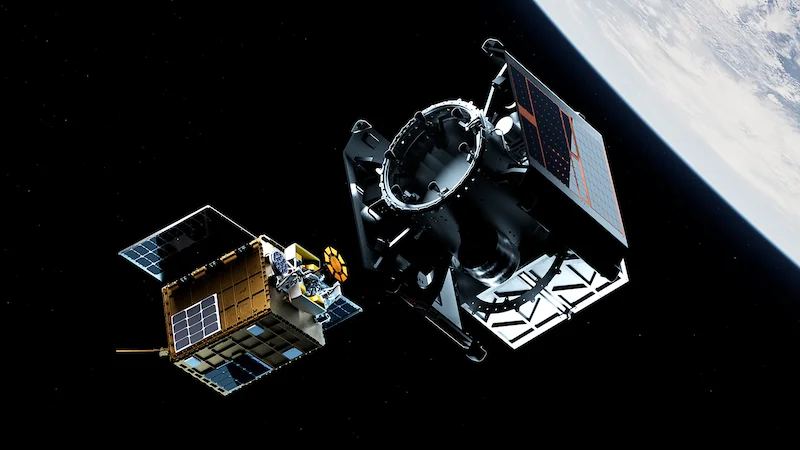
Starfish Space Gears Up for Landmark Commercial Satellite Docking: What You Need to Know
Starfish Space is poised to make history with its Otter Pup 2 mission, aiming to achieve the first commercial satellite docking in low Earth orbit (LEO). This ambitious endeavor seeks to demonstrate docking capabilities with unprepared satellites for essential services like repair, refueling, and repositioning. Scheduled for launch no earlier than June 1st, 2025, aboard a SpaceX Transporter-14 rideshare mission, Otter Pup 2 represents a significant leap toward affordable satellite servicing.
This mission follows the company's initial attempt, Otter Pup 1, which faced a thruster failure, preventing the docking. Undeterred, Starfish Space is equipped with two ThrustMe thrusters on Otter Pup 2, utilizing advanced electric propulsion based on gridded ion thruster technology.

The Mission's Target: A D-Orbit ION spacecraft will act as a client payload simulator, lacking a traditional docking adapter. Starfish Space's innovative Nautilus capture mechanism will employ a unique end effector, using electrostatic adhesion for docking. An electromagnet serves as a backup.
Autonomous Navigation: The mission will also test specialized rendezvous and docking software, CETACEAN, which uses onboard sensors to determine relative positioning. This is coupled with the Argus camera system, featuring stereo cameras for depth and distance assessment through sophisticated image evaluation programming.
The Big Picture: Starfish Space envisions a future where its Otter satellite servicing vehicles routinely service satellites, extending their lifespan and capabilities. Contracts are already in place with key players like NASA, the U.S. Space Force, and Intelsat, with planned missions as early as 2026. According to Starfish Space co-founder Trevor Bennett, this makes the Otters smaller, faster to build and launch, ultimately enabling scaling across the space industry.
Realistic Testing: The previous mission's challenges led to valuable upgrades for Otter Pup 2. What sets this mission apart is its independent trajectory from the D-Orbit ION, allowing for a genuine simulation of how on-orbit services are conducted.
"The chasing down, doing this long-range rendezvous, as we would call it, is true to form for the services that we provide and true to form for the full technology stack," explains Trevor Bennett, emphasizing the mission's relevance.
Minimizing Risk: Starfish Space prioritizes safety. Otter Pup 2 approaches the target using trajectories that minimize collision risk, carefully dissecting and addressing any remaining uncertainties.
Industry impact: Demonstrating these capabilities will help clarify expectations and standards for on-orbit activities, creating a precedent for responsible space operations. He noted that, on close approach, Otter Pup 2 will be traveling very slowly relative to the D-Orbit ION tug. Otter Pup 2 will also use trajectories on approach that make a collision with the D-Orbit vehicle almost impossible if something malfunctions.
Looking Ahead: Starfish Space's advancements are poised to revolutionize the space industry by enabling affordable and scalable satellite servicing. This mission is not only about technology; it's about reshaping humanity's relationship with the satellites we depend on. This could allow them either to extend the lives of their satellites or dispose of them safely when their missions have concluded.
What are your thoughts on the future of satellite servicing? Share your perspective in the comments below!